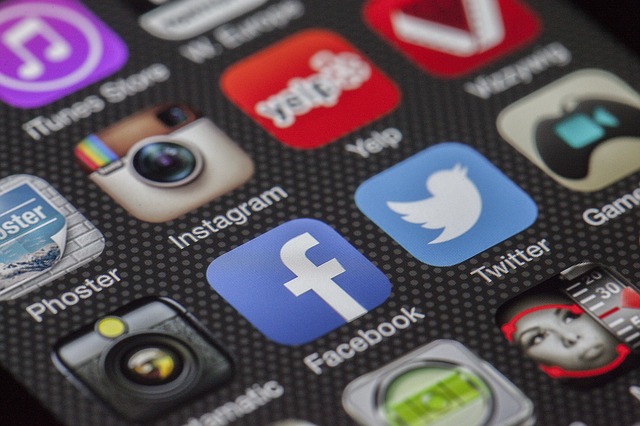
Cyber-Flashing
So there you are sitting on the train and you get a message on your laptop saying that someone has sent you a file. It’s not an email but a direct file using Wi-Fi. When you open the file a pornographic image appears…This is exactly what happened to a lady while traveling on a train recently in the UK. No doubt a shocking and upsetting event. The media and the police are investigating.
Despite the press attention this is not a new phenomenon. When Bluetooth first became available similar cases happened.
So what can you do?
Just like when you leave the house you lock up – we should also secure our technology. Never give your device your personal name. You wound’t place a large sign around your neck with your details on. But that is exactly what you are doing if you name your device.
Ensure that unless you are using it, File Transfer Apps are switched off. This includes Bluetooth and Airdrop. If you do have to switch these on, activate a PIN protection or only enable from contacts you know.
Finally, if you do receive an image or file from an unknown person, do not open it. Although in this case it was a pornographic image, it could have been a virus. Just like an unknown email these files can hide all sorts of other nasty things.David Wright, Director of the UK Safer Internet Centre said
“As we continue to use technology we need to ensure we also know how to stop that technology potentially making us a victim of crime“
As the world continues to shrink and fit into our pocket, we have to start to learn to lock our phones and protect them. You wouldn’t leave your front door open to your house when you leave home! Why would you leave your device wide open for anyone to get into as well?